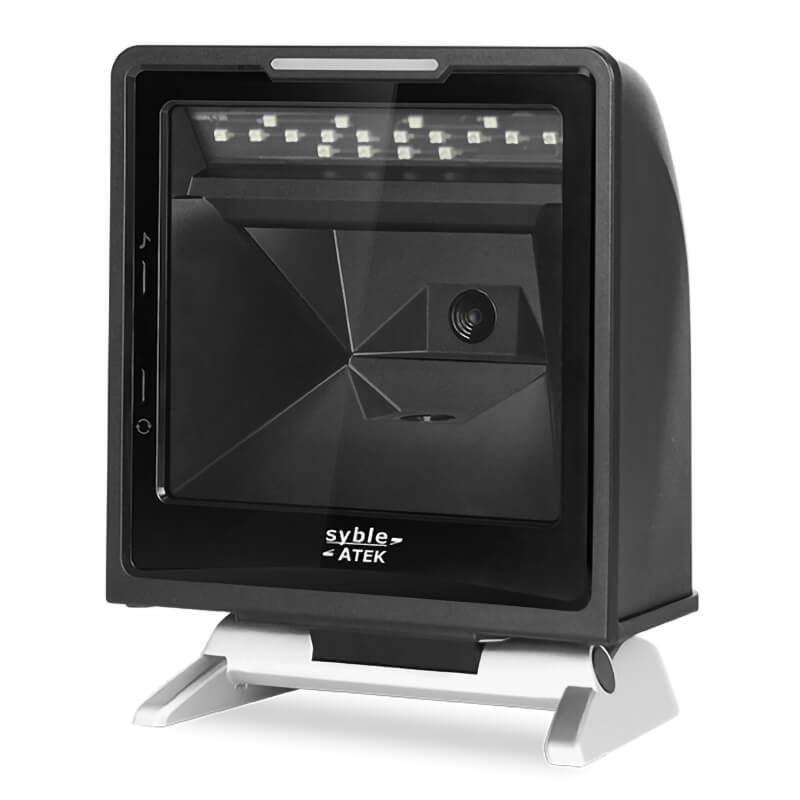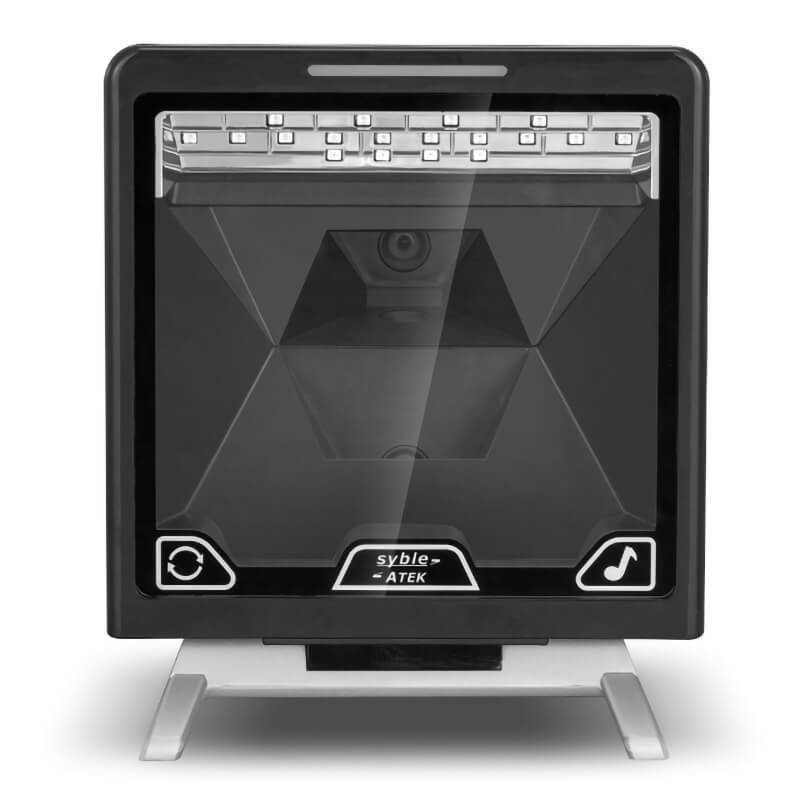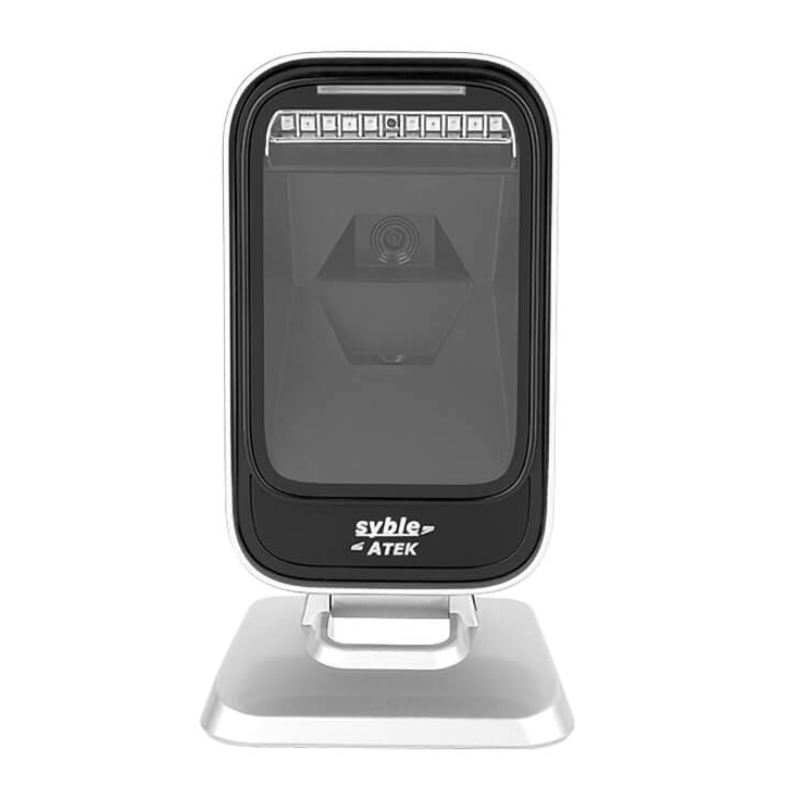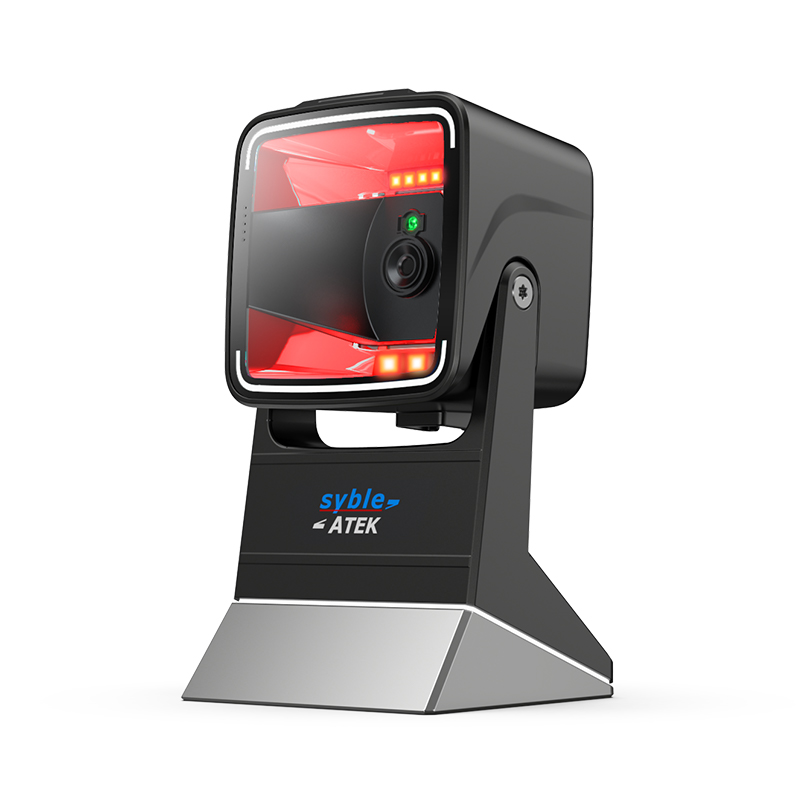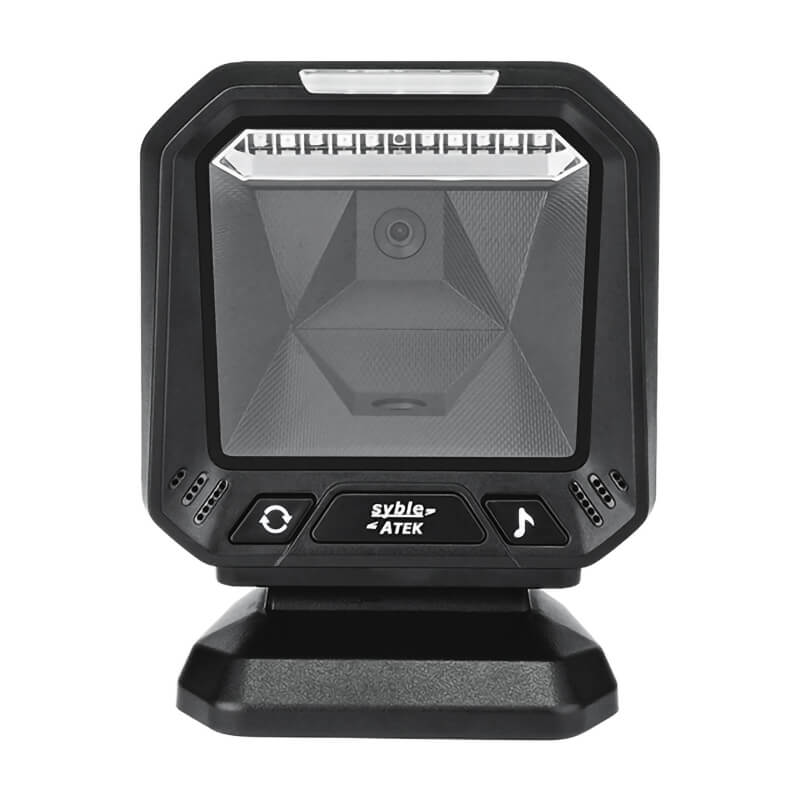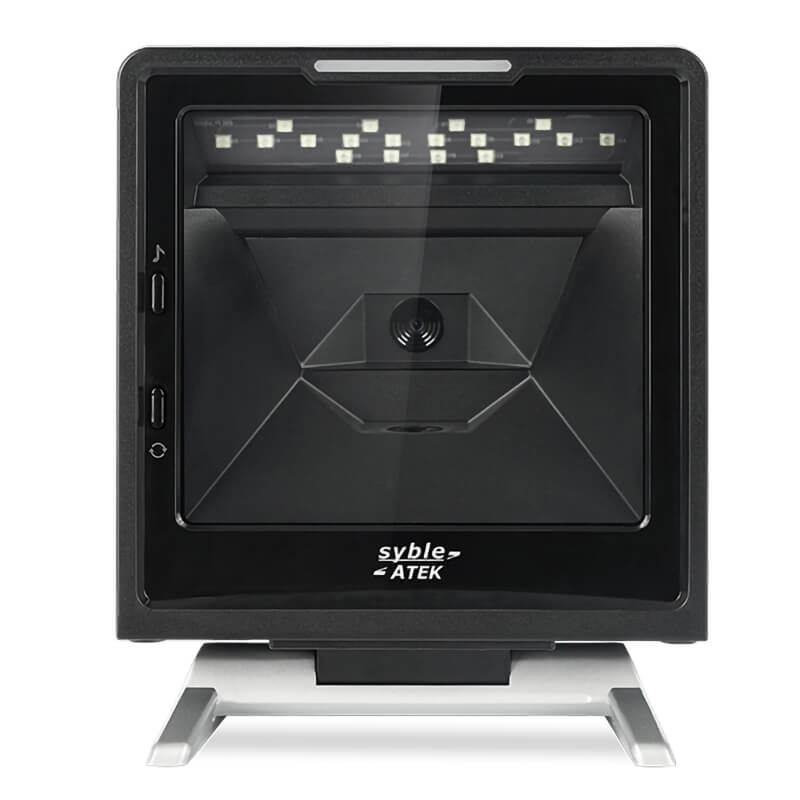In today's fast-paced retail environment, efficiency at checkout is paramount. Desktop barcode scanners are widely used in supermarkets to speed up the checkout process, decrease errors, and improve customer happiness. This article delves into how these scanners work, their advantages in supermarket operations, and the future trends shaping their use.
How Desktop Barcode Scanners Work
Desktop barcode scanners operate by utilizing light-based technology to read the patterns of black and white bars in a barcode. When a barcode is scanned, the scanner emits light that is reflected off the barcode and detected by a sensor. The scanner converts this light pattern into a digital signal, which it then decodes to extract product information from a database. This process enables rapid data entry, significantly faster than manual input methods.
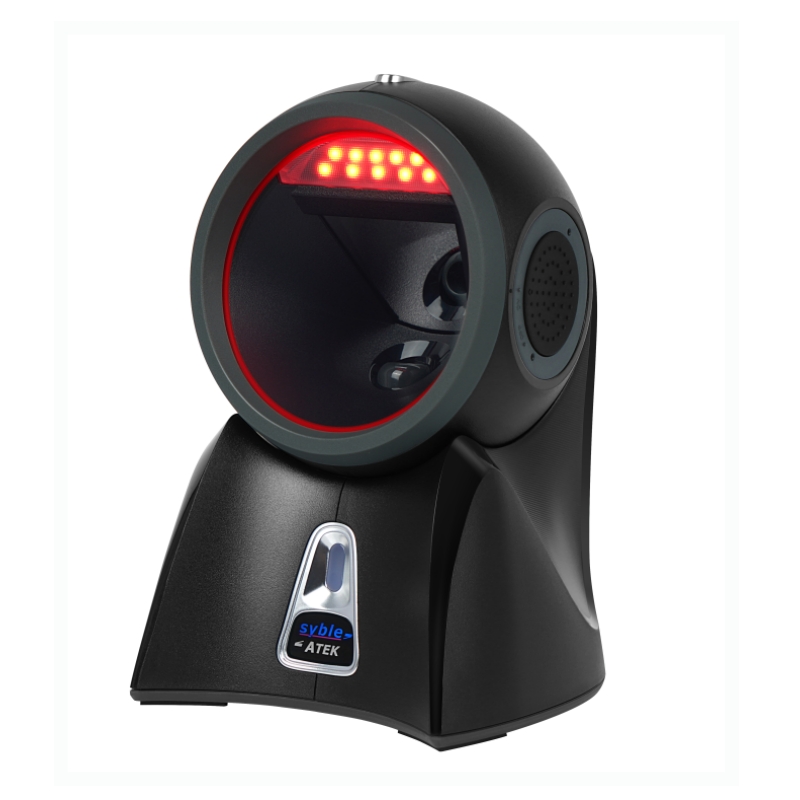
Types of Barcode Scanners
Laser Scanners: These use laser beams to read barcodes and are effective for scanning items at a distance. They are commonly used in retail environments for their speed and accuracy.
Imaging Scanners: These capture an image of the barcode and decode it using software. They can read both 1D and 2D barcodes, making them versatile for various applications.
Omnidirectional Scanners: These scanners can read barcodes from multiple angles, which enhances the speed of checkout as customers can place items in any orientation.
Benefits of Using Barcode Scanners in Supermarkets
Speed and Efficiency: Barcode scanners dramatically cut the time required to complete transactions. Scanning items is quicker than typing in prices or codes, leading to shorter wait times for customers.
Accuracy: Manual entry is prone to human error. Barcode scanning minimizes mistakes, ensuring that the correct prices and items are recorded, which helps maintain inventory accuracy and customer satisfaction.
Inventory Management: Scanners facilitate real-time inventory tracking. As items are scanned at checkout, inventory systems can be updated automatically, reducing the risk of stockouts and overstock situations.
Cost-Effectiveness: Implementing a barcode system can lead to significant cost savings. Reduced labor expenses and improved inventory management can cover the initial investment in scanning equipment.
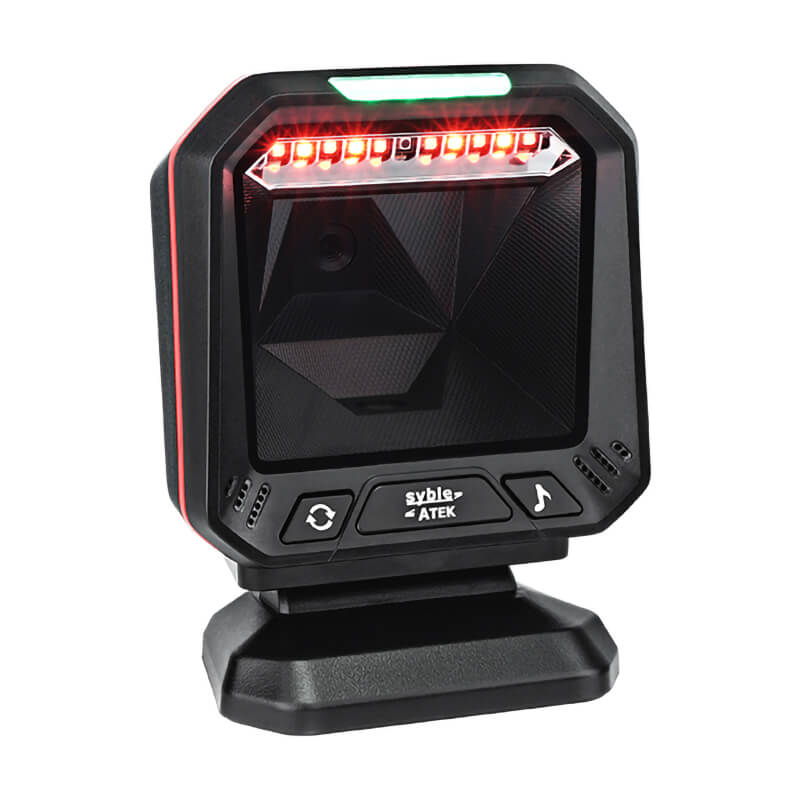
Desktop Hands Free Barcode Scanner
Limitations of Desktop Barcode Scanners
Dependence on Technology: If scanners malfunction or experience connectivity issues, it can lead to delays at checkout. Regular maintenance and updates are required to ensure smooth performance.
Initial Setup Costs: While barcode systems can save money in the long run, the initial costs for hardware, software, and training can be significant for some supermarkets.
Limited to Barcode Types: Not all barcode scanners can read every type of barcode. Supermarkets must select scanners that work with the barcode types they use, such as UPC or QR codes.
Emerging Trends in Barcode Scanning Technology
Integration with Mobile Devices: Many supermarkets are adopting mobile scanning solutions, allowing customers to scan items as they shop. This trend improves the buying experience and can make checkout even easier.
Use of 2D Barcodes: With the rise of QR codes, supermarkets are beginning to utilize 2D barcodes for promotions and loyalty programs, providing customers with more information and engagement opportunities.
Artificial Intelligence and Machine Learning: These technologies are being integrated into barcode scanning systems to improve accuracy and forecast inventory requirements based on purchasing habits.
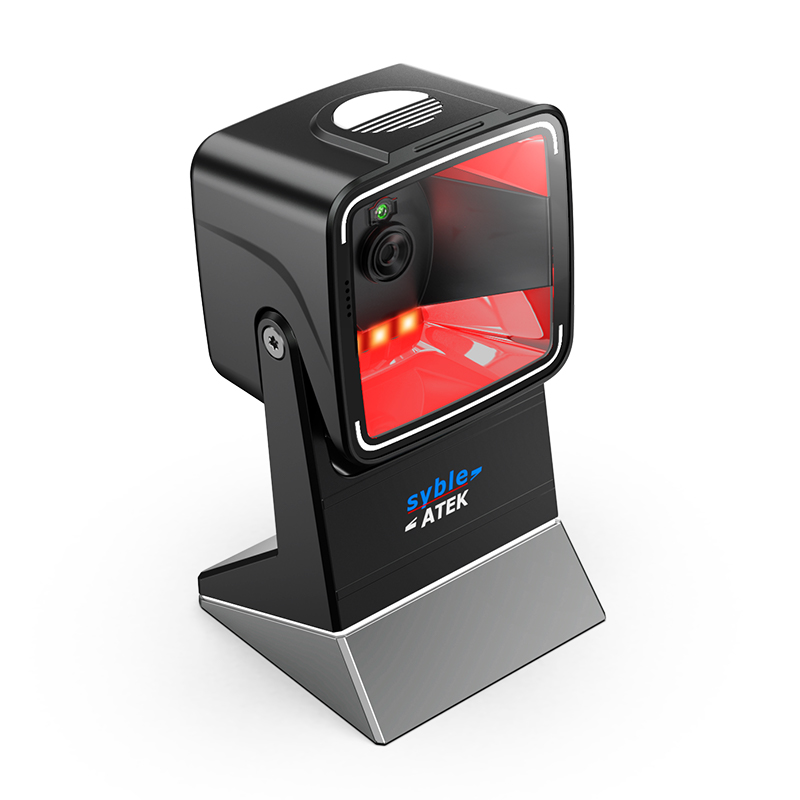
Conclusion
Desktop barcode scanners play a crucial role in optimizing checkout processes in supermarkets. Their ability to enhance speed, accuracy, and inventory management makes them indispensable in the modern retail landscape. As a leading barcode scanner supplier, SYBLE specializes in various barcode scanners to fit different applications. For more product details, please click the link or contact our professional team today!

